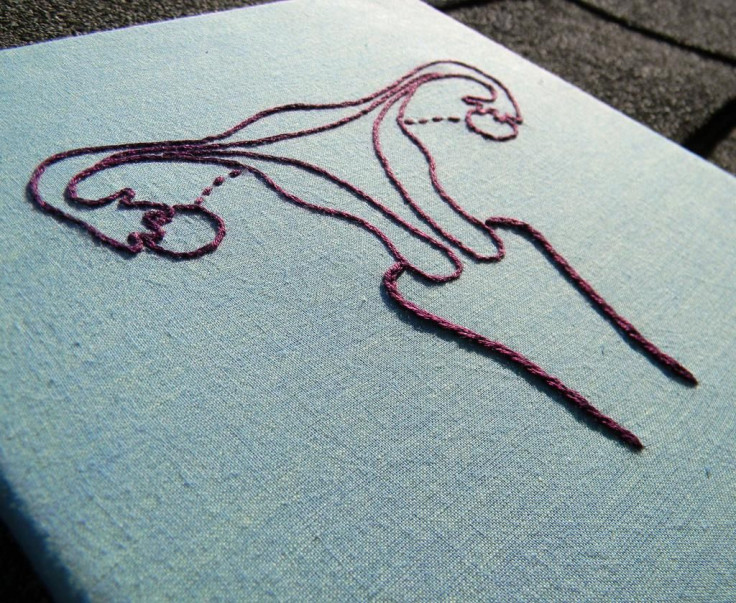HPV Vaccination Rates Still Low

As if getting a sexually transmitted infection (STI) wasn’t bad enough, the human papillomavirus virus (HPV) is one STI that can cause cancer.
Luckily, there is a vaccine against HPV that is recommended for all boys and girls aged 11 to 12, by the Centers for Disease Control and Prevention. However, new research shows that, although the number of vaccinated children is going up, it is still far behind targets.
Like HIV (human immunodeficiency virus) and HSV (herpes virus), HPV is sexually transmitted. HPV infection can cause warts on the genitals and elsewhere, but it is particularly dangerous for its ability to cause cancer. The virus makes its way deep inside the skin, through a cut or chance opening. Once there, it finds a way into a cell and causes that cell to replicate very quickly.
Although HPV can cause cancer in individuals with penises, it is most commonly linked to cervical cancer in women.
Most medical advice is to vaccinate children with three doses at ages 11 or 12, before they are sexually active. This prevents HPV from getting a foothold. However, there are no national rules about this, and, unlike some vaccines, an HPV vaccine isn’t routinely required for public schooling.
The nationwide study was conducted by researchers at the T.H. Chan School of Public Health, Harvard University, and published in Pediatrics magazine in October. It followed over 7 million children from 2003 to 2017; a little under half were girls. Over the 14 years of the study, the rate of HPV vaccination rose, although more girls were vaccinated at higher rates than boys.
But it wasn’t all good news. The researchers found huge geographic variation.
In many Midwestern, East Coast and West Coast states, on average, over half of all the girls got two doses of the HPV vaccine. However, for most of the Southern states, vaccination rates were less than 50% for girls and boys.
Researchers looked only at kids with commercial insurance, which is only a little over half of all American children. Children on Medicaid still got HPV vaccines but at lower rates than children on commercial insurance.
It appeared that children who lived in urban areas were more likely to get the HPV vaccine, as were those who lived in places with a better ratio of pediatricians to children.
Regardless, the authors found that American children are unlikely to reach a 2020 goal of an 80% vaccination rate in 15 year olds.
Concerned parents should talk to their pediatrician about getting their child vaccinated. Although the vaccine is recommended at a younger age, it is still effective in older children. Not all types of HPV cause cancer, so even people who are already sexually active should get the vaccine. Three doses of prevention is worth a whole pound of cure.
Sabrina Emms is a science journalist. She got her start as an intern at a health and science podcast out of Philadelphia public radio. Before that she worked as a researcher, looking at the way bones are formed. When out of the lab and away from her computer, she's moonlighted as a pig vet's assistant and a bagel baker.
Published by Medicaldaily.com



























